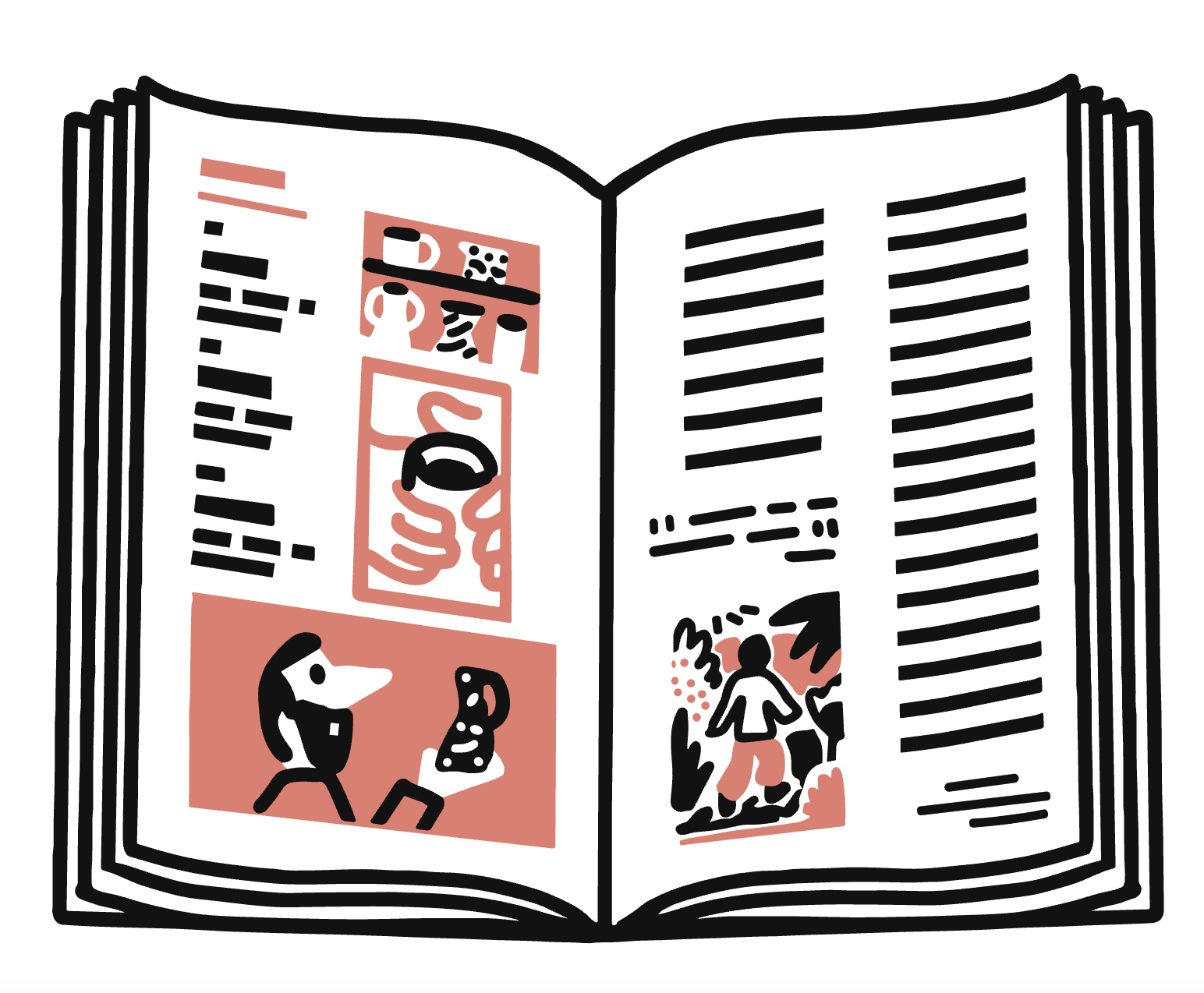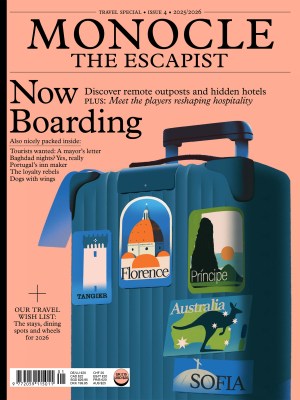10 transformative ideas from the Venice Biennale
From buildings that encourage fun to forward-looking architecture that reimagines the past, we round up some of the fresh solutions on show at La Serenissima’s architecture fair.
The Venice Biennale’s International Architecture Exhibition is the world’s most significant showcase dedicated to the discipline. Its 19th edition, running until November, sees more than 750 participants present projects and research inside the Arsenale – a cavernous renaissance-era former shipyard, housing multiple displays – and the historic Giardini della Biennale (Biennale Gardens). Here, in their country’s respective pavilions, national delegations share innovations and ideas that respond to pressing regional concerns.
The resulting showcase is a global collection of work from the industry’s leading lights, offering a glimpse into the architectural paradigms that could potentially shape our built world for decades to come. Monocle picks 10 proposals on show, from the simple to the radical, that illustrate how we might all build – and live – better.
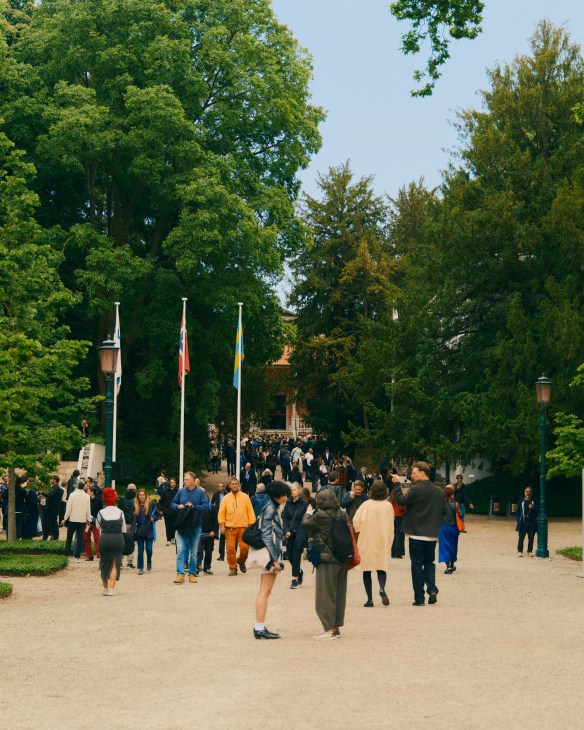
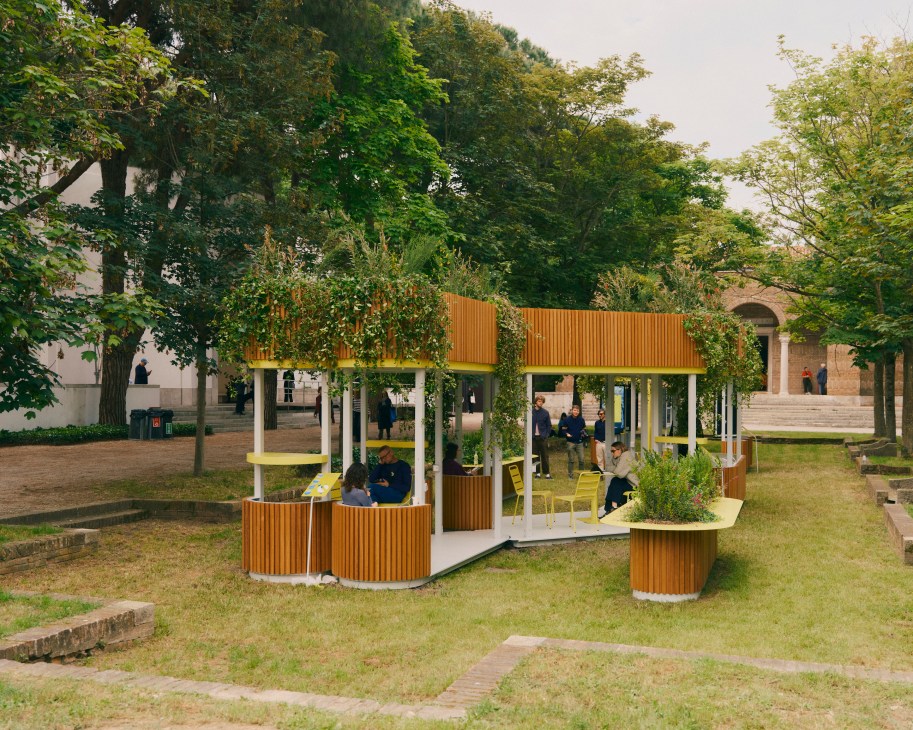
1.
Confound expectations
‘Porch: An Architecture of Generosity’, USA
Giardini della Biennale

Given its current administration’s stance on immigration and international imports, the US contribution to the Biennale raised a few eyebrows with its themes of openness and generosity. “The timing is coincidental but this type of architecture rises above the historical moment,” says co-curator Peter MacKeith, an Arkansas-based architect. The exhibition is an ode to the porch, a design feature that bridges public and private spaces. The US’s neoclassical pavilion has been extended with a timber porch of its own. “A porch is a liminal space,” says MacKeith. “It’s in between absolute privacy and the public world. This is where encounters can occur, formal or serendipitous. The porch as a concept has value on the civic scale.”
2.
Make space for conversation
‘Traces’, Oman
Arsenale di Venezia
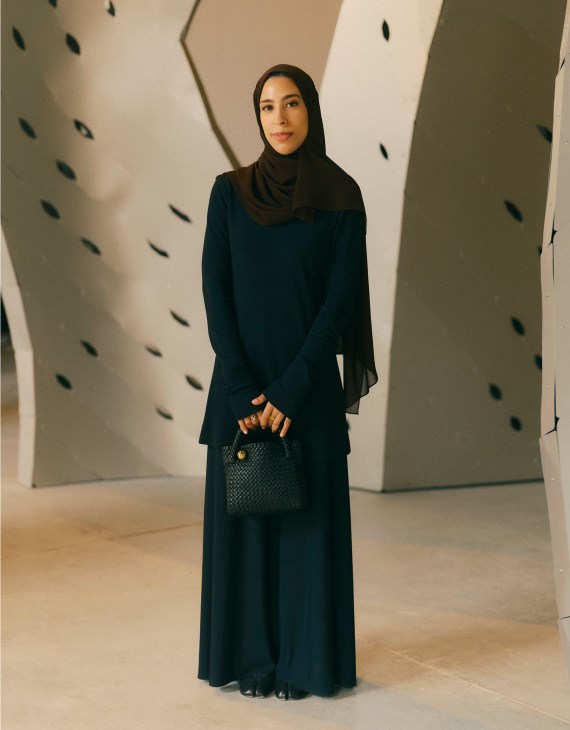
As it makes its debut at the International Architecture Exhibition, Oman puts the focus on conversation. Led by architect and designer Majeda Alhinai, an exhibition titled Traces draws on the principles of the sablah, a traditional and informal gathering space found across Oman. A modern iteration of this communal setting, with perforated panels of raw aluminium that have been cut and folded to resemble woven palm leaves, takes centre stage. “We wanted to create a space that was open and inviting so there are no fixed interior or exterior elements,” says Alhinai. “It’s a space where people can congregate and hold more intimate conversations.” The result is a debut that proudly explores how tradition can inform the architecture of our time.
3.
Sometimes the answer already exists
‘(Re)Invention’, Brazil
Giardini della Biennale
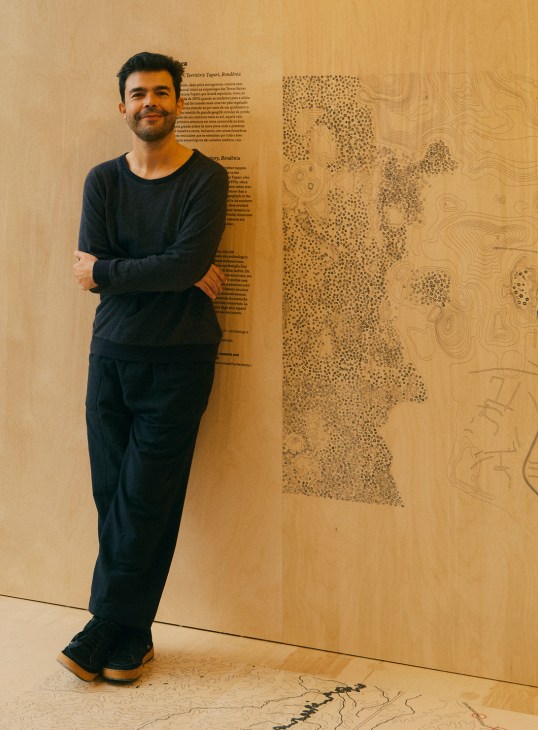
Why not reinvent the wheel? This year’s Brazilian contribution to the biennale explores how ancient solutions could help to cure our contemporary urban ailments. Curated by Brasília-based collective Plano Coletivo, the South American country’s exhibition is aptly entitled (Re)Invention. It includes new archaeological findings of Indigenous infrastructure in the Amazon, as well as 12 different case studies on how this new-found-yet-foregone knowledge can be applied to improve urban environments, from water drainage in favelas to the use of native plants in architectural contexts. “The new findings on the Amazon show that human occupation can be balanced [with nature],” says co-curator Matheus Seco. “This idea of a symbiosis between nature, humans and cities is possible.”
4.
Develop a metabolism
‘Build of Site’, Denmark
Giardini della Biennale
It’s no secret that new construction is a significant source of carbon emissions. It’s appropriate, then, that the Danish Pavilion, which is currently undergoing renovation, is looking at ways to address the issue. For the duration of the biennale, the space will become a paused construction site, with its displaced materials used to provide temporary walls, furniture and flooring in the pavilion. “I think there’s a future where buildings start to reconfigure themselves in a metabolic process, using their own materials for renovations,” says curator Søren Pihlmann. “This isn’t just about being more resource-aware, it’s also about amplifying some of their past qualities of an architecture in new future configurations.” In short, the Danes see reuse as not only a question about sustainability but also one about retaining a sense of place.
5.
Feel the heat
‘Stresstest’, Germany
Giardini della Biennale
Germany’s Venice Architecture Biennale pavilion tackles urban climate change head-on with contrasting “stress” and “de-stress” rooms. In the former, a sweaty, claustrophobic atmosphere is created by artificially heated, ceiling-mounted mats, replicating the unpleasant nature of an urban heat wave.
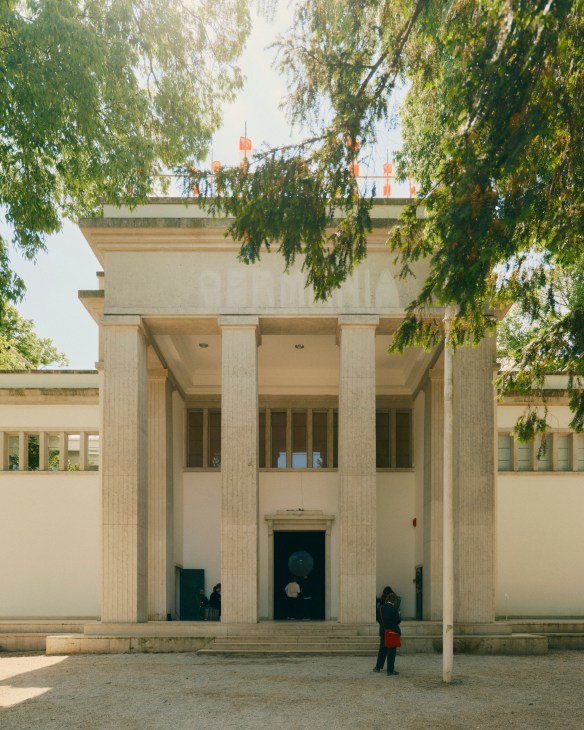
Directly opposite, the curators offer respite in a bright “de-stress” room with three resilient common hornbeam trees standing in large burlap pots as a reminder of simple strategies available for urban cooling. “We wanted to create an uncomfortable atmosphere to elicit emotion,” says co-curator Nicola Borgmann. “We know that there’s a problem but we think that you can only connect with this if you really feel the effect of rising temperatures. There is a gap between knowledge and emotion and if you don’t bring both together, we won’t take action.”
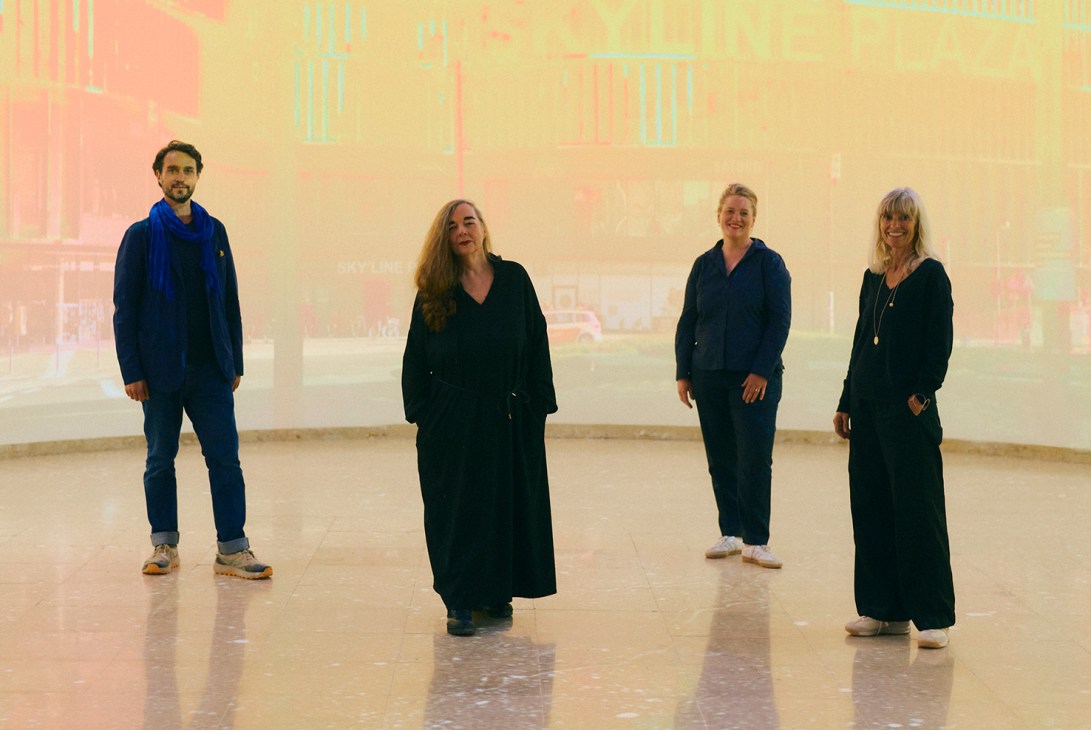
6.
Find the fun
Gateway to Venice’s Waterway
Arsenale di Venezia
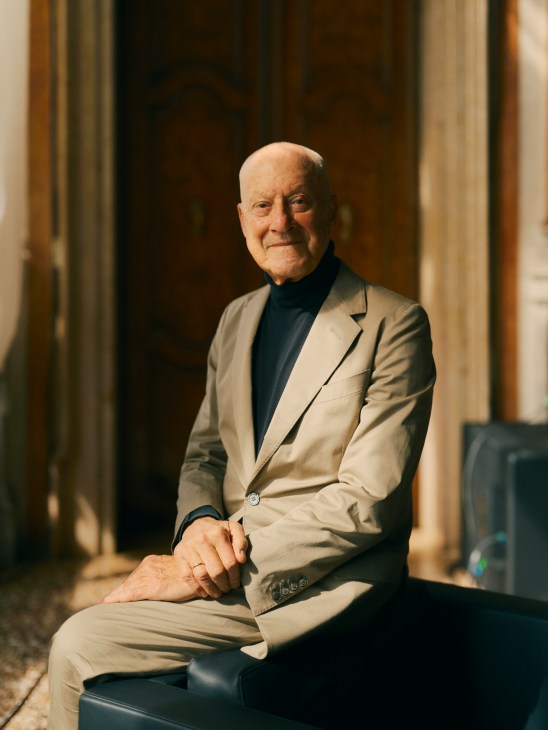
It can be a challenge to walk across Venice, with only a few bridges spanning its Grand Canal. It’s something that the Norman Foster Foundation has addressed in partnership with German automaker Porsche. Together, they have collaborated on a shimmering 37-metre-long bridge on the edge of the Arsenale that extends to a floating pontoon, which is currently being used as a mooring point for water bikes. “It’s about showing people that exploring new forms of mobility can be fun and enjoyable,” says Norman Foster, the UK-born architect and president of his namesake foundation. “If you get on one of these water bikes and start to pedal across the lagoon, you’ll find yourself smiling.” The Foster and Porsche collaboration is a reminder that we can – and should – find simple ways to bring joy into our built environment.
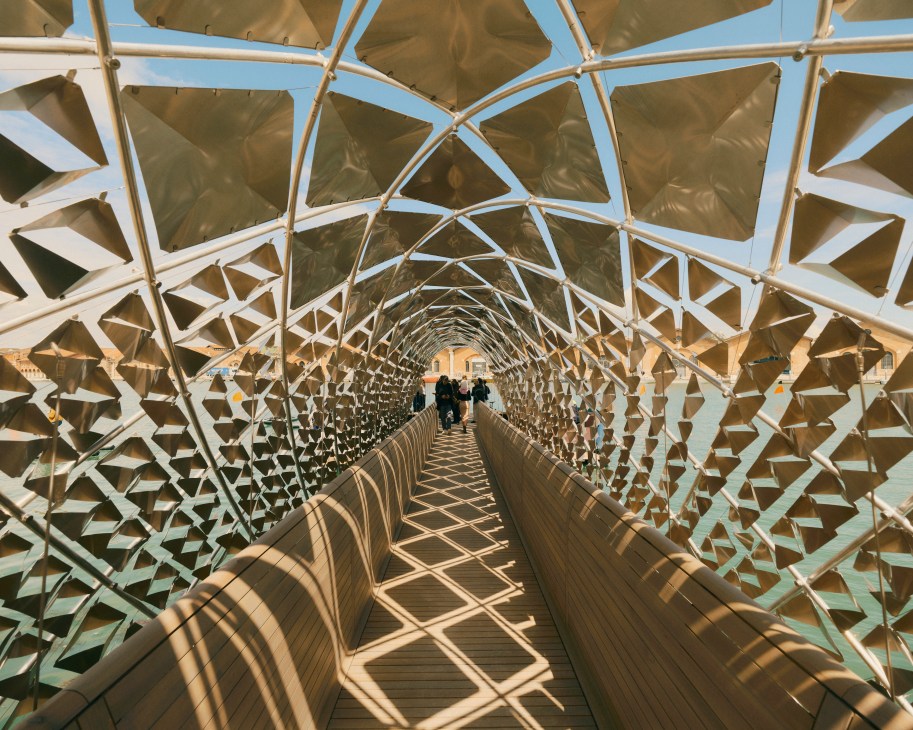
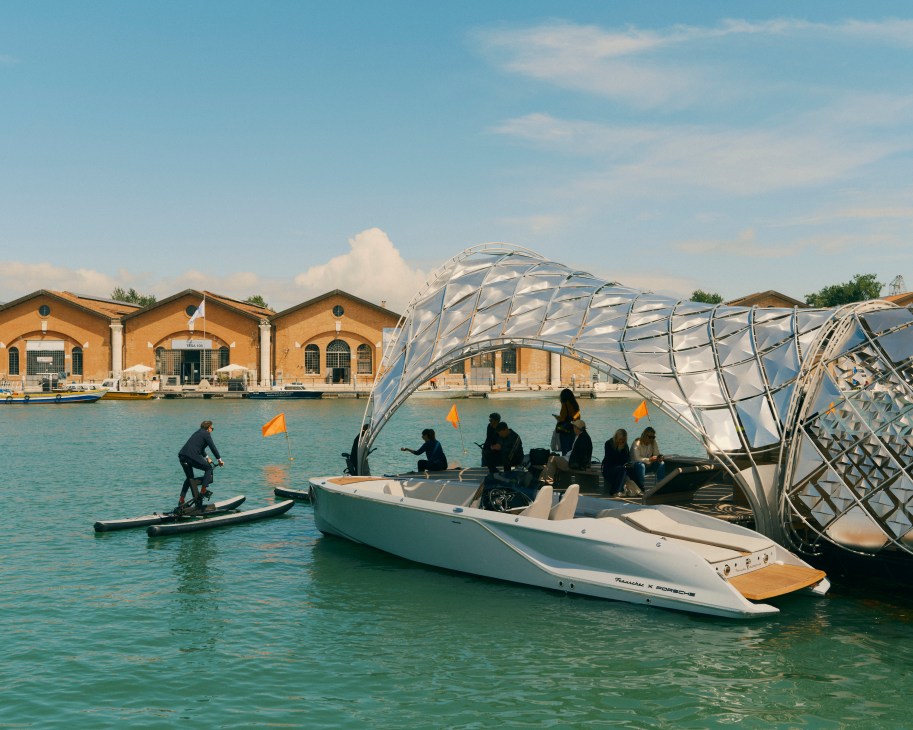
7.
Get hands on
‘Master Builders’, Slovenia
Arsenale di Venezia
Can everything be automated? The commissioners of Slovenia’s pavilion don’t think so. Its showcase, Master Builders, is a celebration of the bond between architect and craftsman. Curated by Ana Kosi and Ognen Arsov, it features four symbolic totems, made from materials as varied as tiles, air-conditioning ducts and lighting, which represent specific techniques and knowledge employed by Slovenian construction workers. “Not all construction sites are new, and the best way to work with old buildings is with skilled human labour,” says Arsov. “It’s about the head and hand coming together. We need intelligence on a construction site.” By putting construction workers on a pedestal, Slovenia reminds us of the human ingenuity and material intelligence, even as technologies evolve, that craftsmen bring to architecture.
8.
Novel interventions
The Fondation Cartier pour l’art contemporain by Jean Nouvel
Fondazione Giorgio Cini

Opening this autumn, the Fondation Cartier’s second Paris location by Pritzker Prize-winning architect Jean Nouvel is a masterclass in how to contrast the old with the new. A 19th-century Haussmannian building next to the Louvre is being modernised through Nouvel’s distinctive steel-and-glass style and the addition of five mobile platforms that can modify the enormous surface area of the exhibition space. “Any commission for culture in Paris is a challenge,” Nouvel tells Monocle when we meet at the Fondazione Giorgio Cini in Venice, where an exhibition that delves into the intricacies of the project is taking place alongside the biennale. “The vision was to pierce through the Haussmannian shell of the building to create an invitation to come inside.” The project, combined with Nouvel’s vision, is a prime example of how building interiors can be given new life through novel additions.
9.
Time and place
‘Migrating Modernism: The Architecture of Harry Seidler’
San Marco Art Centre (SMAC)
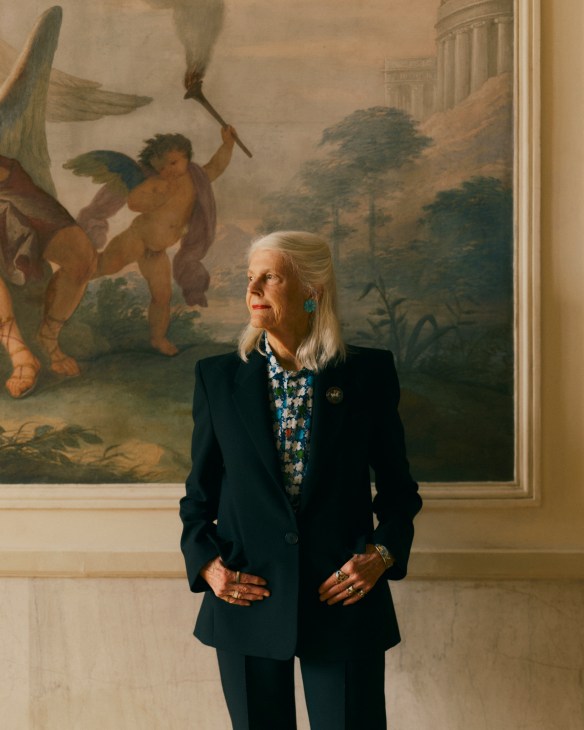
Co-organised by the San Marco Art Centre (SMAC) and the University of Sydney’s Chau Chak Wing Museum, this retrospective honours the late modernist architect Harry Seidler. The exhibition traces Seidler’s life, from fleeing Nazi-ruled Vienna and his studies in the US under Walter Gropius and Marcel Breuer, to his relocation to Australia, where his bold geometric forms, clean lines and honest expression of structure – often utilising glass and concrete for a sense of lightness and transparency – defined Australia’s mid-century modernism. The showcase features architectural drawings, sun-soaked photos and handwritten correspondences between Seidler and his collaborators. “What’s intriguing is that this work took place before the internet or even fax: everything was conducted through letters,” says architect Penelope Seidler, Harry Seidler’s widow, who now runs the family firm. “He designed buildings that were of the time.” And maybe that’s the lesson here: Seidler’s timeless work shows that buildings with longevity can still bear the mark of their era.
10.
Talk more
‘Home’, Australia
Giardini della Biennale
The Australian Pavilion draws inspiration from the knowledge-sharing traditions, known as “yarning”, of its Aboriginal people. Featuring a curving earth and plaster wall and bench – a physical form that encourages dialogue – it incites visitors to look at ways in which an Indigenous understanding of landscape can be shared with Western approaches to architecture. “It’s about coming together and telling stories about who you are and what’s important to you,” says Michael Mossman, one of the Australian exhibition’s seven First Nation co-curators. “If architects can develop a deeper relationship with the client by doing this, then we can connect with culture and really bind people together.” The effect, believes Mossman, could be architecture that people feel strongly attached to as well.
